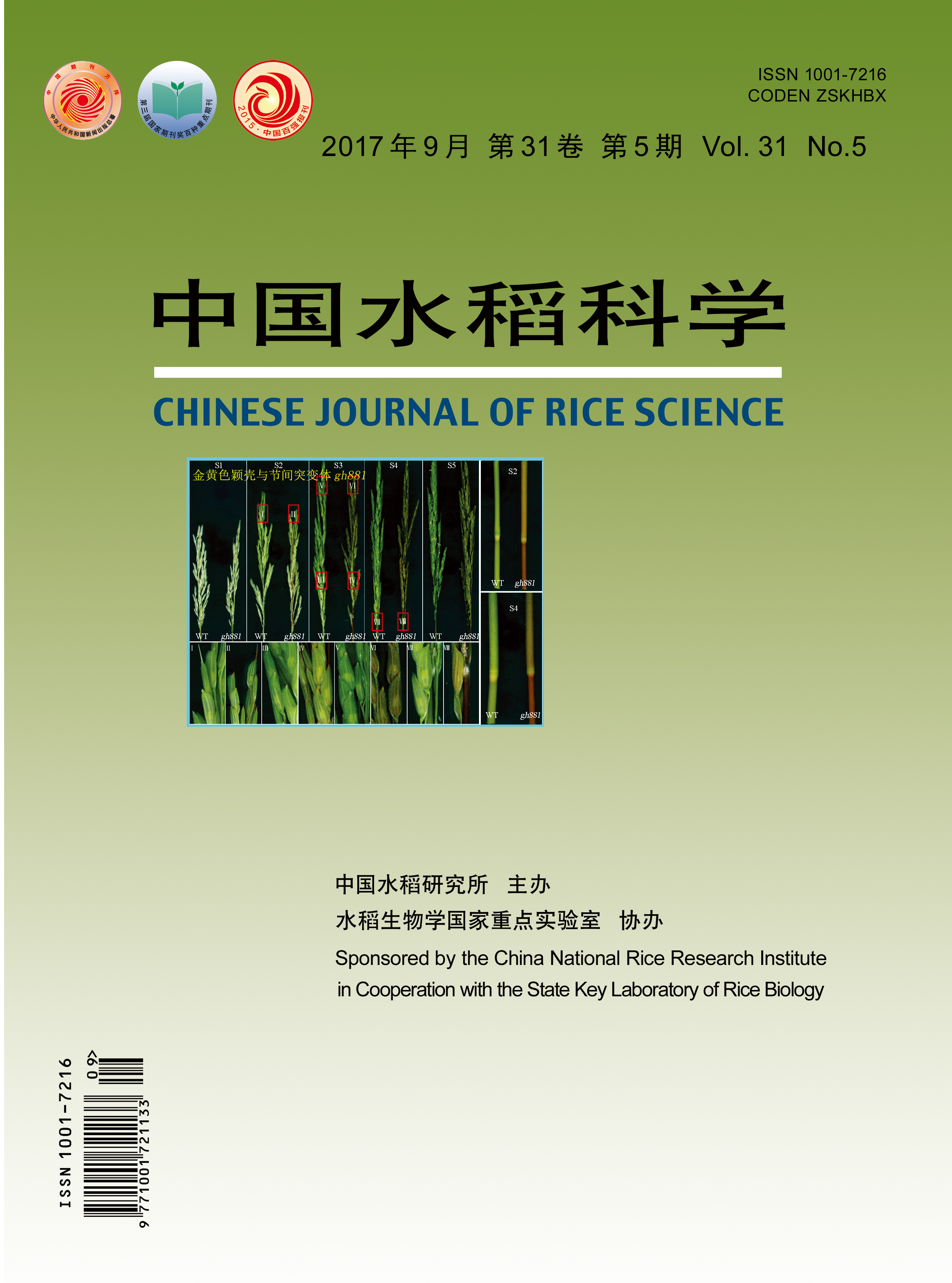【Objective】 The objective of the experiment is to study the effects of water-nitrogen management on root traits, nitrogen accumulation and utilization and grain yield in rice with different N use efficiencies, and the relationship between root traits and nitrogen accumulation and utilization and yield.【Method】In this study, two different nitrogen use efficiency (NUE) rice varieties Dexiang 4103 (high NUE) and Yixiang 3724 (low NUE) were used as the trial material to determine the effects of water-nitrogen management on root traits and grain yield in rice with different NUEs, conventional irrigation and controlled alternative irrigation coupled with SPAD-diagnosis N management, optimal N management and farmer’s usual N management were established as treatment factors. During this progress, the relationship between root traits, nitrogen accumulation and utilization and grain yield were analyzed by ridge regression analysis.【Result】There were significant genotypic differences in root traits at heading stage, grain yield, spikelet number per panicle, 1000-grain weight and total spikelet number. The high NUE variety (Dexiang 4103) had more spikelet number per panicle and larger population capacity, with the yield being 0.24%–11.31% higher than that of low NUE variety (Yixiang 3724). Compared with conventional irrigation, the 1000-grain weight under controlled alternative irrigation was significantly larger, while the former was more favorable for improving panicle number, spikelet number per panicle and population spikele number. SPAD-diagnosis-based N management and optimal N management could increase the panicle number and spikelet number per panicle, which increased the population spikelet number, ensuring the grain yield advantage over farmer’s usual N management. Because of the water-nitrogen interaction effect, the gap in 1000-grain weight between N application and zero N treatments under controlled alternative irrigation narrowed considerably compared with that of conventional irrigation, leading to better effect of N application on grain yield under controlled alternative irrigation. The nitrogen use efficiency of Dexiang 4103 was 8.69% higher than that of Yixiang 3724, the nitrogen accumulation of rice under conventional irrigation was higher, as well as the nitrogen recovery efficiency, agronomic efficiency, physiological efficiency under controlled alternative irrigation. SPAD-diagnosis-based N management and optimal N management were more favorable for imroving nitrogen accumulation and utilization efficiency of rice than farmer’s usual N management.The determination coefficient of ridge regression equation between root traits and grain yield of rice at jointing stage, heading stage and maturity stage ranged from 0.4198 to 0.9028. The relationship between root traits at heading stage and grain yield was the most closely related, and the determination coefficients of high NUE and low NUE varieties all exceeded 0.9. At the jointing stage, the rice fine lateral root length had the greatest effect on grain yield. At the heading stage, there was difference between the high NUE and low NUE varieties, and the coarse lateral root length of the former and the fine lateral root surface area of the latter had the greatest effect on grain yield, respectively. In maturity stage, the relationship between adventitious root length and grain yield was the most important. Rice root morphology at heading stage had close relation with the change of nitrogen accumulation, and the determination coefficient of ridge regression equation was close to 0.7. In terms of water and nitrogen management practice, SPAD-diagnosis N management coupled with conventional irrigation or optimal N management combined with alternative irrigation should be applied to achieve grain yield improvement for both high NUE and low NUE varieties.【Conclusion】The root morphology characters of rice at heading stage was closely related to yield and nitrogen accumulation, and the yield and nitrogen accumulation and utilization efficiency of rice could be improved by reasonable water-nitrogen management.

